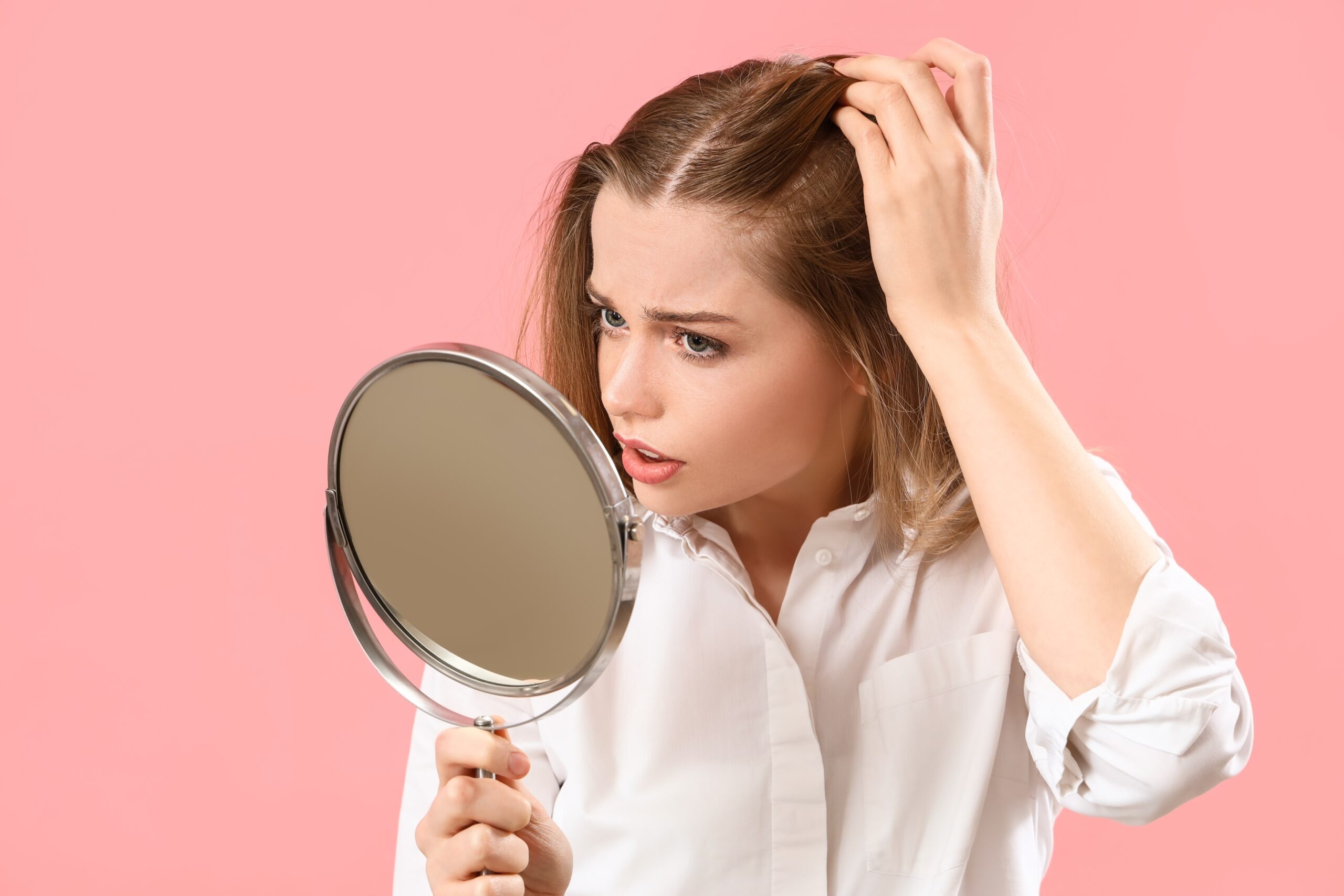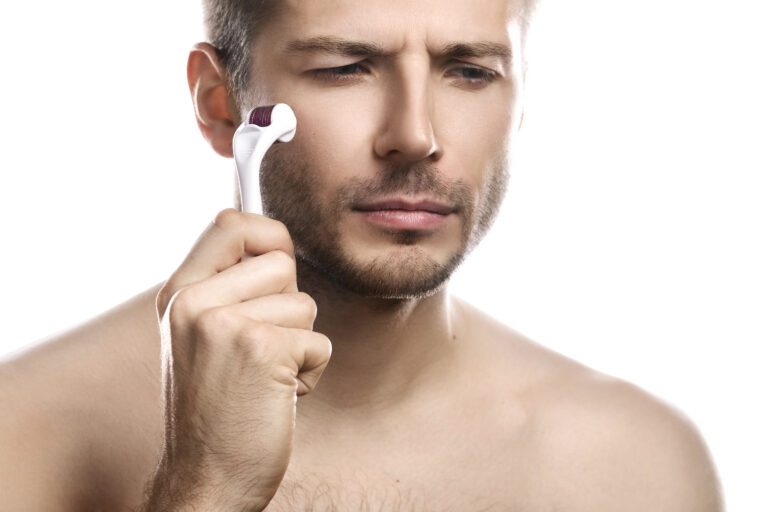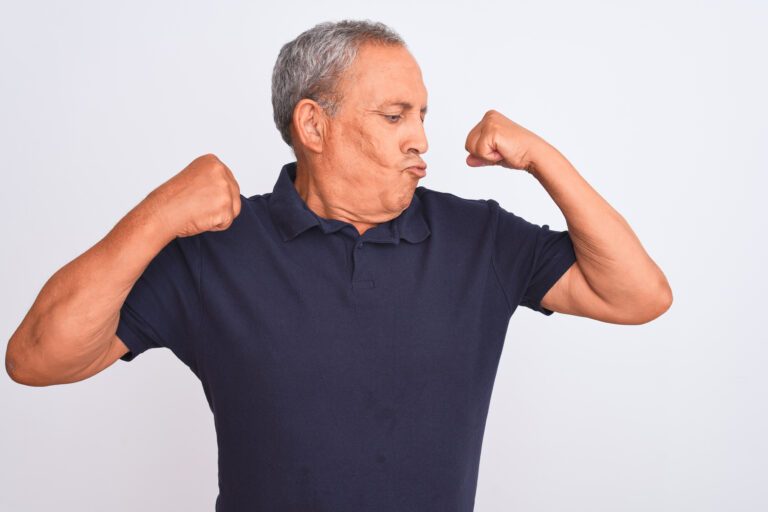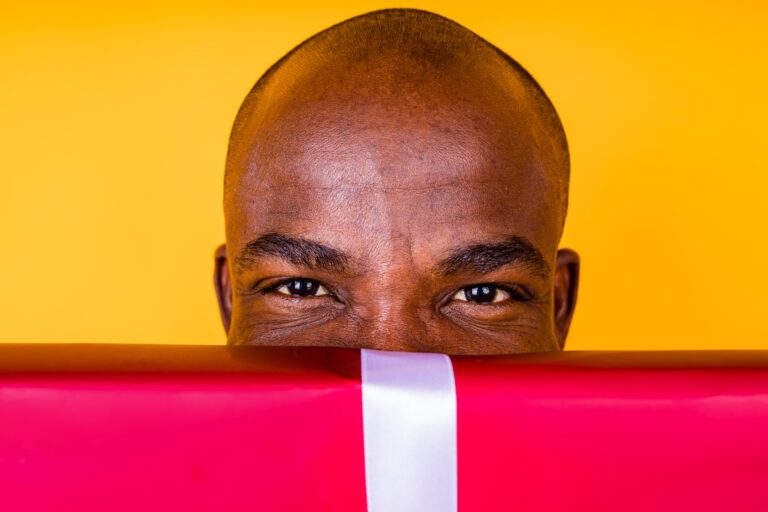Is Higher Strength Minoxidil (10-15 %) Better For Hair Loss?
For decades, minoxidil has been the most popular over-the-counter hair loss treatment. The former is available in various forms and is used to reduce hair shedding and increase regrowth.
For that reason, it’s no surprise that higher concentrations, such as minoxidil’s 10%-15% high-strength solution, are emerging on the market.
The question is this: does a higher minoxidil percentage mean better results? Continue reading this article to find out!
What Is High-Strength Minoxidil?
As the name implies, high-strength minoxidil is a more concentrated solution of Rogaine. The former contains 10% of the active ingredient. Extra strength can refer to 15% minoxidil.
Originally, Rogaine came from a chemical called DAM. Scientists investigated this compound to treat ulcers. While the active ingredient didn’t cure the former condition, it caused blood pressure reduction.
Since DAM had various side effects, further studies were done to produce new compounds without troubling health risks. That led to the birth of minoxidil in the 1970s.
Interestingly, scientists discovered the follicle-stimulating effects of minoxidil unintentionally. In 1988, 2% minoxidil was approved by the FDA to treat male pattern baldness. Later on, the FDA approved a higher concentration, 5% minoxidil, as an over-the-counter medication to treat hair loss issues.
However, the research didn’t stop there. Ongoing studies have investigated the effectiveness of other higher Rogaine concentrations, including minoxidil at 8%, 10%, 12.5%, and 15%.
How Does Minoxidil 10% Work?
Regardless of the concentration, minoxidil stimulates the hair follicle mainly by shortening the telogen phase (the resting stage). During that phase, hair naturally falls off the head.
However, genetic factors, autoimmune diseases, trauma, and stress can cause excessive hair loss during that stage.
As you might have guessed, shortening the resting phase can reduce hair shedding. Not only that, but minoxidil causes the follicles to prematurely enter the anagen phase, or the hair-growing stage. Plus, it extends the former stage’s duration.
As a result, the drug increases hair density, length, and diameter, improving receding hairlines. However, Rogaine only works on active hair follicles; it can’t revive dead cells once they stop producing hair.
What Is the Mechanism of Minoxidil?
Now, you might wonder: how does minoxidil produce hair follicle-boosting effects? The truth is that minoxidil’s mechanism isn’t completely understood.
However, research suggests that minoxidil works as a potassium channel opener. When you apply minoxidil, a sulfotransferase enzyme in the scalp converts it into minoxidil sulfate. The latter is the active form of the drug.
Minoxidil sulfate causes hyperpolarization of the cell membrane. For those who don’t know, the former is a phase where the cell membrane becomes more negative due to the change of ion charges.
The hair regrowth treatment causes potassium channels, a gate-like structure on the cell membrane, to remain open. As a result, positive potassium ions escape the cell, making it more negative.
That process causes more oxygen and blood filled with nutrients to reach the hair follicles. What’s more, minoxidil may act as an epidermal growth factor. Those protein compounds stimulate cell growth. Plus, they have anti-aging functions—all of which can help restore hair.
What Are the Different Concentrations of Minoxidil?
Currently, minoxidil is available in various concentrations, ranging from 2% to 15%. However, 2% and 5% Rogaine solutions are the most popular choices for hair loss treatments.
The former is suitable for minor hair loss problems. It’s also the most recommended concentration for women—only 5% minoxidil foam is FDA-approved to treat female pattern hair loss.
Compared to the 2% solution, 5% minoxidil is superior for preventing further hair shedding and facilitating regrowth for androgenetic alopecia patients.
Additionally, a comparative study done in 2019 suggests that 5% minoxidil has higher efficacy than 10% minoxidil.
The trial consisted of 90 male participants divided into three groups: 5%, 10%, and a placebo. After 36 weeks, those treated with 5% minoxidil had a higher total hair count in the vertex and hairline compared to the 10% minoxidil-treated group.
Still, more research is needed to determine the effectiveness of high-strength minoxidil (10%-15%).
Is Higher Strength Minoxidil (10-15 %) Better for Hair Loss?
The answer isn’t a simple yes or no, as there is limited research regarding higher minoxidil concentrations.
However, 5% Rogaine seems to be the optimal concentration for treating excessive hair loss problems.
As mentioned earlier, the former concentration is more effective for treating androgenetic alopecia than 2% and 10% minoxidil.
However, the 15% formulation is a different story. A clinical trial was done to test the efficacy of 5% and 15% minoxidil. The study consisted of 66 patients with male-pattern baldness divided into two groups. During the experiment, participants applied topical minoxidil twice daily for 24 weeks.
Initially, there wasn’t much difference between the two minoxidil concentrations.
However, those who applied 15% minoxidil had significantly better hair growth results at weeks 12 and 24 than the other group. Plus, the study showed no significant difference in the adverse effects between the two groups.
Aside from male patients, minoxidil 15%’s magic also works for women. In a 12-week study, patients with female pattern hair loss applied 15% topical minoxidil.
All the participants didn’t respond to the 5% concentration. However, once they increased the dosage, around 60% of the volunteers saw an improvement in their hair count.
Of course, further research is still needed to determine the long-term effects of 15% and other higher concentrations.
Is 10% and 15% Minoxidil FDA-Approved?
No, 10% and 15% minoxidil aren’t FDA-approved. The FDA only approved the 2% and 5% concentrations for treating hair loss.
Generally, over-the-counter medications can be marketed without FDA approval. That’s as long as they meet the safety requirements. You see, the FDA regulates such drugs through OTC drug monographs.
The former contains a list of safe ingredients, their accepted dosage, and other instructions—it’s like a recipe book. If an OTC meets such requirements, the company can market it without FDA review.
Side Effects of High-Strength Minoxidil
Like any drug, minoxidil has some side effects, although the 5% formulation is generally safer than the higher concentrations. Still, the former drug can produce several symptoms, including:
- Skin irritation
- Rashes
- Allergies
- Scalp itching
- Local acne
- Increased hair loss
- Dizziness, fainting, and lightheadedness
Why Does High-Strength Minoxidil Produce More Side Effects?
Minoxidil forms poorly soluble solutions. That’s especially true for concentrations higher than 5%. Additionally, this compound is unstable. Once mixed with the liquid, it crystallizes, forming a powder.
The problem is that this powder remains on the scalp when the solvent evaporates. As you might know, the skin doesn’t absorb powders as easily as solvents.
So, you might not get the full concentration of the active ingredient—another reason why concentrations higher than 5% might not be as effective.
To overcome that issue, stronger solvents, like propylene glycol, are used to dissolve the drug. The former isn’t hazardous per se. However, it’s a strong chemical that strips your hair of its natural oils.
As a result, this compound can cause scalp irritation, rashes, and allergies, among other symptoms. That’s especially true if you have sensitive skin or conditions like eczema.
Available Forms of High-Strength Minoxidil
Unlike the 2% and 5% concentrations, high-strength minoxidil is only available as a topical solution; you won’t find high-strength minoxidil cream, foam, or other forms.
That said, using this treatment is similar to applying the lower concentrations.
All you do is cover the target area with the minoxidil solution—only use the amount prescribed by your doctor or as instructed on the label. Gently rub the solution on and leave the topical treatment on until it dries, usually between 2-4 hours.
Here are a few tips to keep in mind when using minoxidil:
- Always use minoxidil on a dry scalp. Applying it to wet hair can dilute the active ingredient and make it ineffective.
- Don’t wash your hair for at least 4 hours after applying minoxidil.
- Wash your hands immediately after using Rogaine to avoid skin absorption. The former can affect your blood pressure, causing heart problems.
- Don’t use minoxidil again for at least 24 hours or as prescribed by your healthcare provider.
Where to Buy Minoxidil 10 Percent
Since 10% Rogaine is relatively new and not FDA-approved, it’s not as popular as the lower concentrations. For that reason, you’ll most likely only find high-strength minoxidil in online pharmacies. Alternatively, you can ask your dermatologist about how to obtain this drug.
Regardless of the option you choose, make sure to only buy from reputable sources. Additionally, consult your healthcare provider before using any minoxidil concentration.
Conclusion
As you can see, only 2% and 5% minoxidil are FDA approved. While it’s tempting to use minoxidil 10-15% high-strength solution, research shows that lower rogaine concentrations might be more effective.
Not only is 5% Rogaine better at reducing hair shedding and improving hair regrowth than 10%, but it also poses fewer side effects.
Conversely, studies suggest that 15% can potentially be a better hair loss treatment. Still, further research is needed to determine the safety and efficacy of 10%-15% minoxidil.
In the end, it’s better to consult your dermatologist or healthcare specialist before starting to use minoxidil, regardless of the concentration.
FAQs
Q. Can women use high-strength minoxidil?
Unless prescribed by your doctor, high-strength minoxidil isn’t recommended for women. Only 2% and 5% foam minoxidil are FDA-approved to treat female pattern hair loss. Excessive amounts of Rogaine can cause facial hair growth, among other unwanted side effects.
Q. How long does it take for high-strength minoxidil to work?
It can take several weeks, between 4 and 8, for minoxidil to start working. However, you’ll start seeing noticeable results after 3 and 6 months.
Q. What is the age for 10% minoxidil?
Regardless of the concentration, minoxidil is only recommended for people between the ages of 18 and 65. However, it’s most effective for those under 40 or experiencing recent hair loss.







